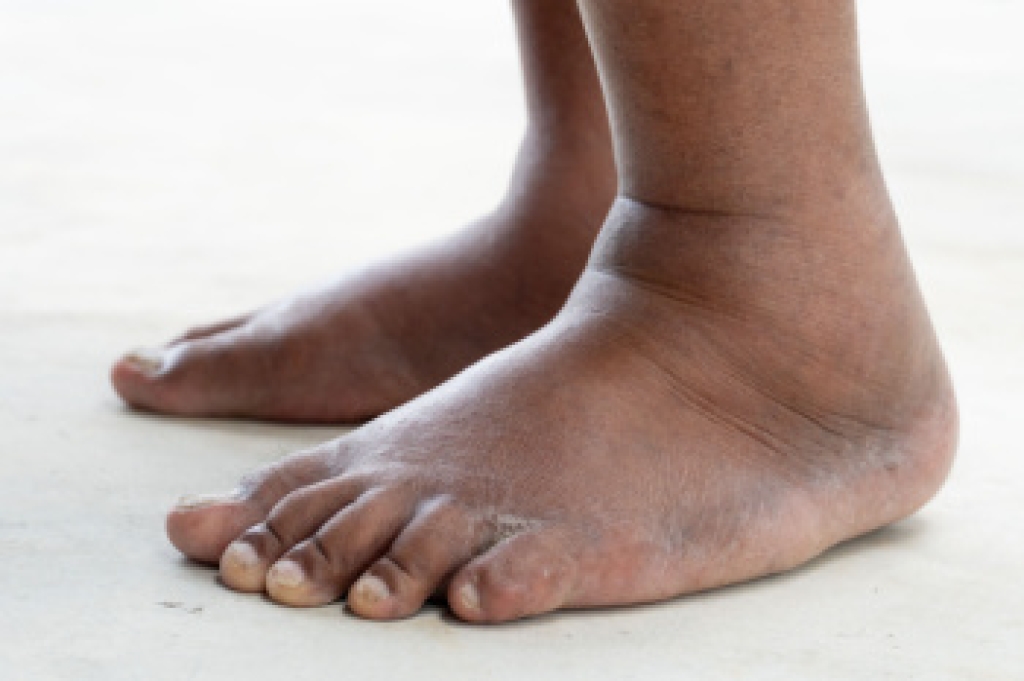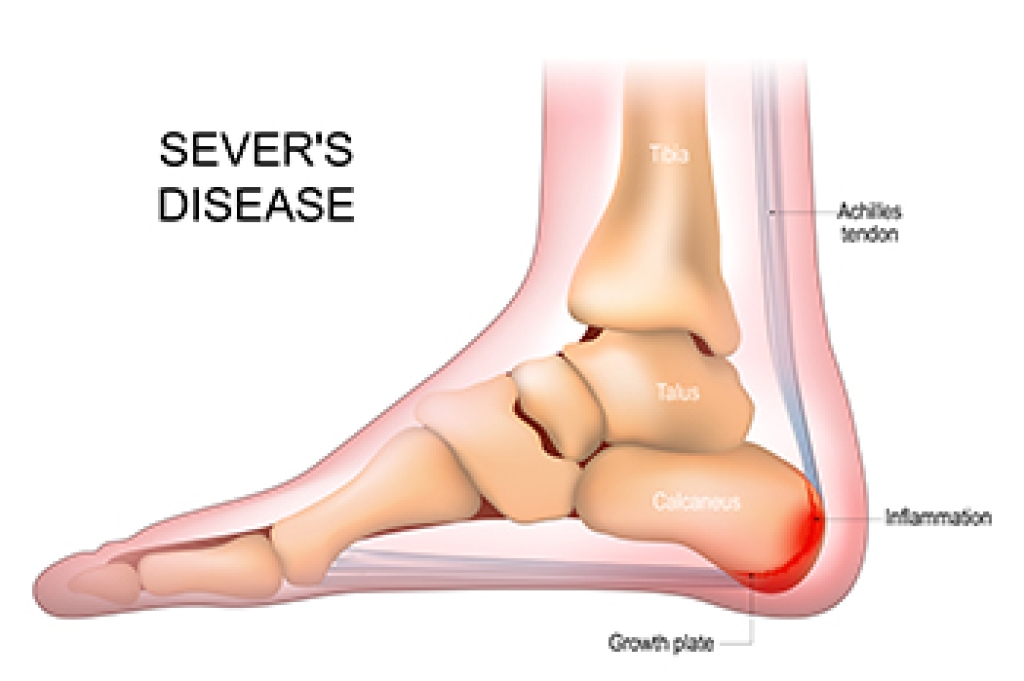
Swollen feet are a common concern during pregnancy, caused by increased blood volume, fluid retention, and pressure from the growing uterus. While mild swelling is normal, sudden or severe swelling can be a sign of preeclampsia, a serious condition involving high blood pressure and potential organ complications. Symptoms of preeclampsia include rapid swelling in the feet, hands, or face, as well as headaches and vision changes. A podiatrist can help relieve pregnancy-related foot swelling by recommending supportive footwear, gentle exercises, compression socks, and safe foot elevation techniques. They can also identify symptoms that require medical attention. If you notice your feet and ankles are swollen during your pregnancy, it is suggested that you consult a podiatrist who can identify the cause and offer effective relief and management tips.
Pregnant women with swollen feet can be treated with a variety of different methods that are readily available. For more information about other cures for swollen feet during pregnancy, consult with one of our podiatrists from Foot and Ankle Clinics, PA. Our doctors will attend to all of your foot and ankle needs.
What Foot Problems Can Arise During Pregnancy?
One problem that can occur is overpronation, which occurs when the arch of the foot flattens and tends to roll inward. This can cause pain and discomfort in your heels while you’re walking or even just standing up, trying to support your baby.
Another problem is edema, or swelling in the extremities. This often affects the feet during pregnancy but tends to occur in the later stages.
How Can I Keep My Feet Healthy During Pregnancy?
- Wearing orthotics can provide extra support for the feet and help distribute weight evenly
- Minimize the amount of time spent walking barefoot
- Wear shoes with good arch support
- Wear shoes that allow for good circulation to the feet
- Elevate feet if you experience swelling
- Massage your feet
- Get regular, light exercise, such as walking, to promote blood circulation to the feet
If you have any questions, please feel free to contact our offices located in Woodbury, West St. Paul, and Edina, MN . We offer the newest diagnostic and treatment technologies for all your foot care needs.




